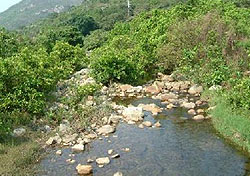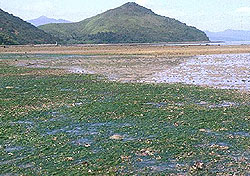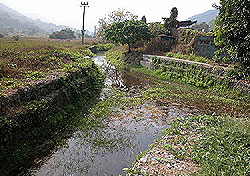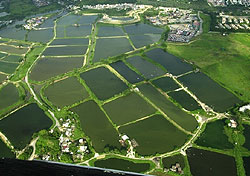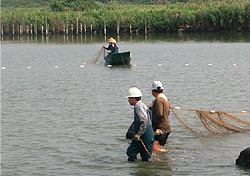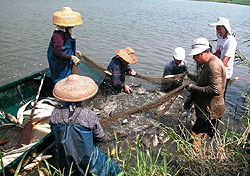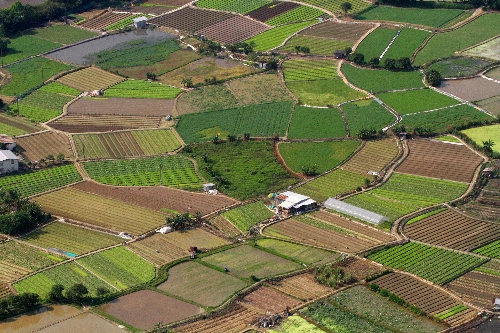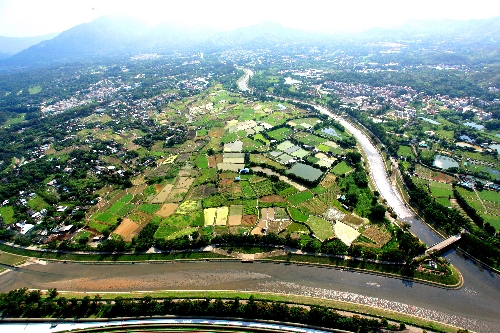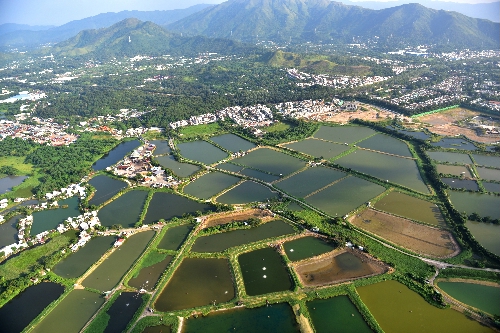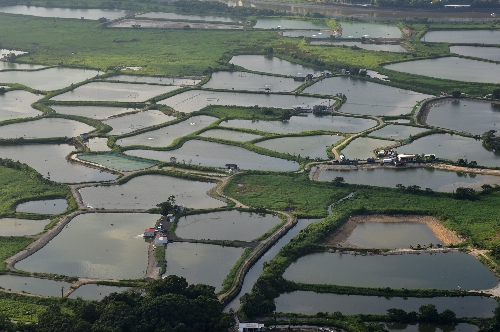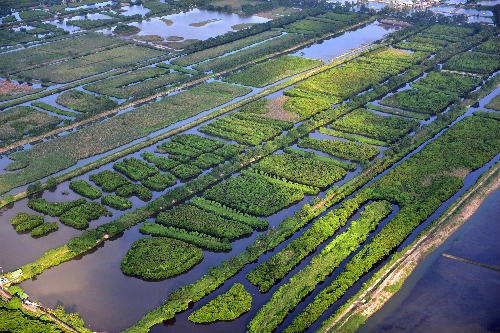General Information about Wetland
|
What are Wetlands
Wetlands are areas where water is the primary factor controlling the ecosystem. They occur in areas where the water meets the land. In general, wetlands cover a wide variety of natural habitat types including rivers and streams, freshwater or brackish marshes, intertidal areas at estuaries and mangroves. In addition, there are human-made wetlands such as fish and shrimp ponds, irrigated agricultural land, farm ponds, reservoirs and drainage canals.
Definition of "Wetlands" could be found from the website of Ramsar Convention.
|
Why conserve wetlands?
Wetlands are among the world's most productive environments. The interactions of physical, chemical and biological components of a wetland enable it to perform vital functions in ecosystems and the well-being of human communities in general.
Ecological value:
They are cradles of biological diversity supporting countless species of plants and animals, in particular waterfowls, by providing food, breeding and nursery grounds.
Functional value:
They also perform vital functions including water storage, flood control, erosion control, shore stabilization and water purification through retention of sediments and filtering out pollutants, climate stabilization etc.
Economic and amenity values:
Wetlands provide economic benefits, for example, fish farming in aquacultural ponds and wet agricultural activities. They also provide recreation, amenity and landscape opportunities.
Wetlands in Hong Kong
There are around 6,600 ha of wetlands in Hong Kong. They include mangroves, mudflats, reservoir, aquaculture pond, marsh, artificial drainage channel, river & stream and wet agricultural land. These wetlands have ecological, functional and also amenity values.





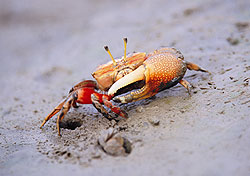
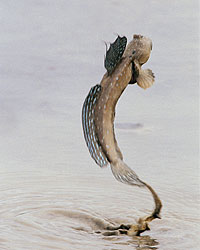
![]()
![]()
![]()
![]()
![]()
